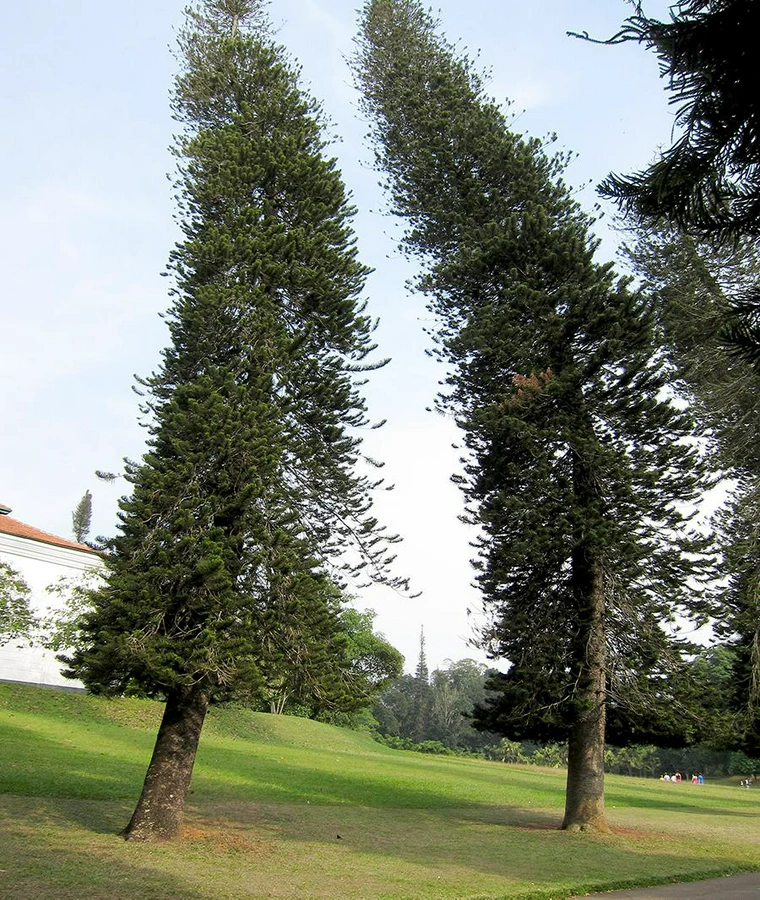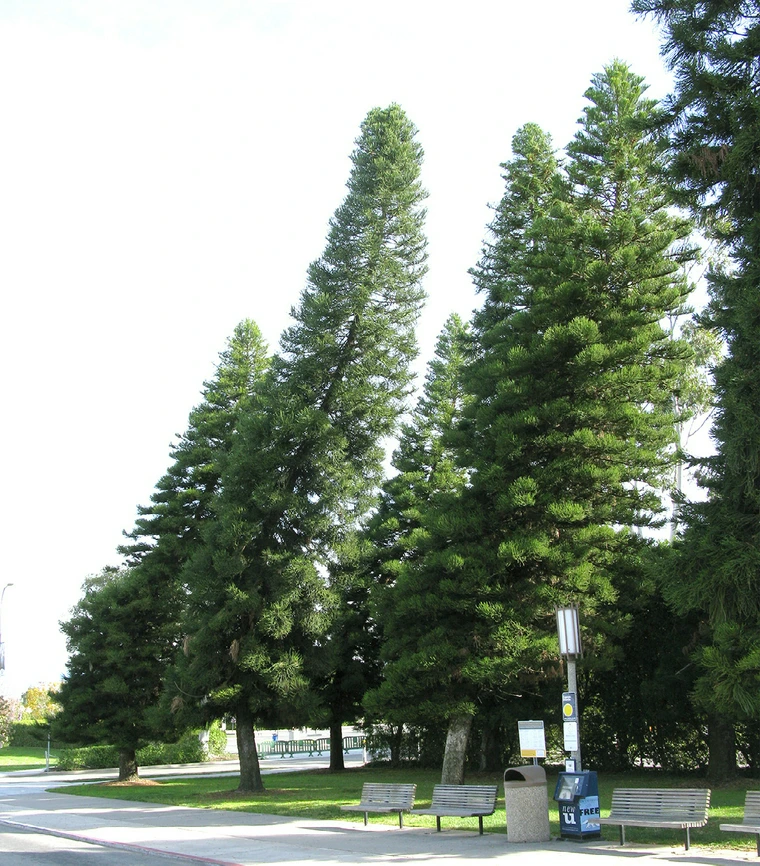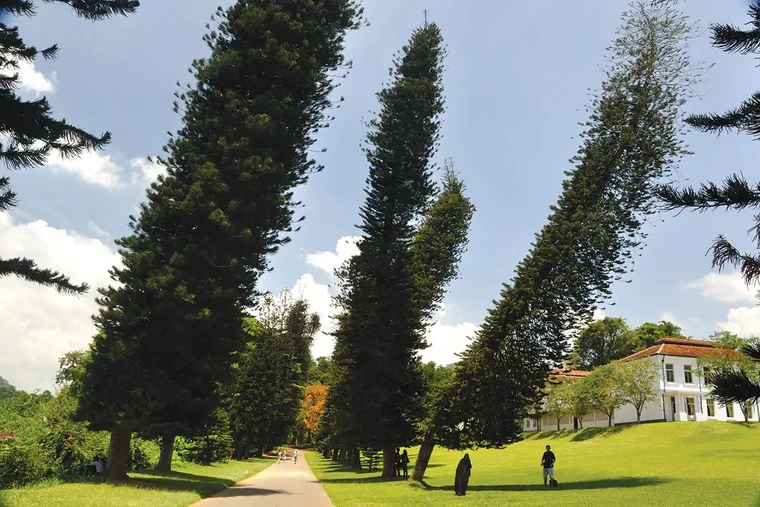You can find them in many places around the world tall, lean conifers that can’t seem to grow straight. And scientists have figured out that the direction these Cook pines (Araucaria columnaris) lean is always towards the equator. Cook pines are towering trees that were once restricted to their native home of New Caledonia. Through cultivation, they have taken root across tropical, subtropical and temperate regions around the world.

These stately pines are a popular choice for parks and gardens in many parts of the world. They can grow up to 60 metres tall (197 feet), and due to their short branches, they have a characteristic narrow appearance. But when grown outside of its native range, this species has a pronounced lean so ubiquitous that it is often used as the identifying characteristic for the species

Matt Ritter at California Polytechnic State University in San Luis Obispo was writing up a description of the Cook pine (Araucaria columnaris) for a book on the urban trees of California when he realised that the pines always leaned south. So he rang up a colleague in Australia to see if that was the case there. It turned out it was, but this time the pines leaned north.

To investigate this, Ritter and his team gathered measurements from 256 trees across 18 regions on five continents, including the species’ native range in New Caledonia. On average, the pines tilt by 8.05 degrees, leaning south in the northern hemisphere, and the opposite direction in the southern hemisphere. Less than 9 percent of the trees measured didn’t conform to this pattern. And latitude makes a difference, the further away the trees grew from the equator, the greater the slant.

But why do they do this? “The mechanisms underlying directional lean of A. columnaris may be related to an adaptive tropic response to the incidence angles of annual sunlight, gravity, magnetism, or any combination of these”





